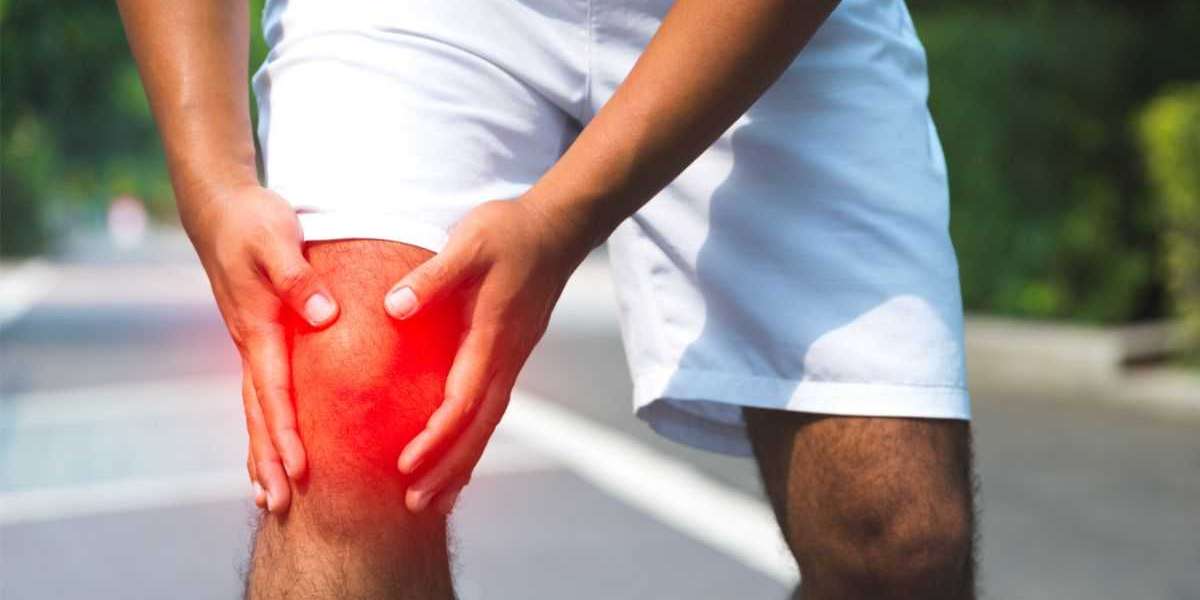Living with a Baker’s cyst, also known as a popliteal cyst, can make even basic activities, like sleeping, a challenge. The discomfort from swelling behind the knee can interrupt your sleep, leading to restless nights and fatigue. However, there are practical solutions that can help ease the pain and provide the rest you need. Here are seven proven tips to enhance your sleep quality despite having a Baker’s cyst.
1. Optimize Your Sleeping Position
Choosing the right sleeping position is essential for avoiding pressure on the cyst and surrounding tissues. The best positions include:
- Side sleeping with a pillow between your knees to reduce tension.
- Back sleeping with a cushion under your calf and thigh, leaving space behind your knee to avoid direct pressure.
Avoid lying flat on your front or with pillows directly behind the knee, as this can compress the cyst and cause discomfort throughout the night.
2. Use Cold Therapy Before Bed
Applying an ice pack or cold compress for 15-20 minutes before sleeping can help reduce inflammation and numb the pain. Cold therapy minimizes fluid buildup in the cyst, improving comfort when you lie down. Be sure to wrap the ice pack in a cloth to avoid skin irritation.
3. Elevate Your Leg
Keeping the affected leg elevated promotes better blood flow and reduces swelling. Use pillows to prop up your leg, ensuring it stays above heart level. Elevating the leg not only decreases discomfort from the cyst but also prevents fluid accumulation overnight.
4. Apply Compression for Stability
Compression wraps or knee sleeves offer gentle pressure that supports the knee joint and limits swelling. Wearing a compression bandage throughout the evening and removing it before sleep can stabilize the area and ease nighttime discomfort.
5. Incorporate Gentle Stretches and Exercises
Gentle exercises help maintain knee flexibility, reducing stiffness that might worsen at night. Focus on low-impact movements such as:
- Heel slides (moving your heel toward your glutes while lying on your back).
- Calf stretches to release tension in the muscles around the knee. Avoid exercises like squats or lunges, which could aggravate the cyst and disrupt your sleep.
6. Use Over-the-Counter Pain Relief Wisely
Nonsteroidal anti-inflammatory drugs (NSAIDs) like ibuprofen can help reduce pain and inflammation. If your cyst is causing significant discomfort, taking an NSAID before bed might improve sleep quality. However, always consult with your healthcare provider before starting any medication regimen.
7. Create a Relaxing Sleep Environment
A peaceful environment is crucial for restful sleep. To improve your chances of sleeping through the night:
- Keep your room dark and cool.
- Use a white noise machine if external noises disturb your sleep.
- Establish a consistent bedtime routine that signals your body to wind down.
Managing a Baker’s Cyst: Long-Term Considerations
While these tips provide short-term relief, addressing the underlying causes of a Baker’s cyst is essential for long-term recovery. Physical therapy focusing on strengthening muscles around the knee, such as the quadriceps and gluteal muscles, can help prevent recurrence. Treatments like aspiration or corticosteroid injections may also be recommended in severe cases.
For more detailed guidance on Baker’s cyst treatment, including self-care options, check out reliable medical resources like Cleveland Clinic and Flawless Physio.
Final Thoughts
Sleeping with a Baker’s cyst can be challenging, but by following these practical tips, you can reduce discomfort and achieve better rest. Implementing small changes in your routine—like adjusting your sleeping position or applying ice therapy—can make a significant difference. For chronic issues, consult with a healthcare professional to explore additional treatment options.
Learn more about Baker’s cyst symptoms and treatments for popliteal cysts through resources like MD.co.uk. Don’t let this condition rob you of restful sleep - these hacks can help you sleep soundly again tonight.
 Meet Ups
Meet Ups
 Experiences
Experiences
 Learning Center
Learning Center
 Accommodation
Accommodation
 Roomie
Roomie
 Ride
Ride
 Spread the Word
Spread the Word
 Student Bazaar
Student Bazaar
 Jobs
Jobs
 Blogs
Blogs
 Su di noi StudentInsta
Su di noi StudentInsta

